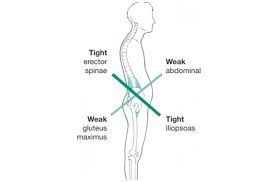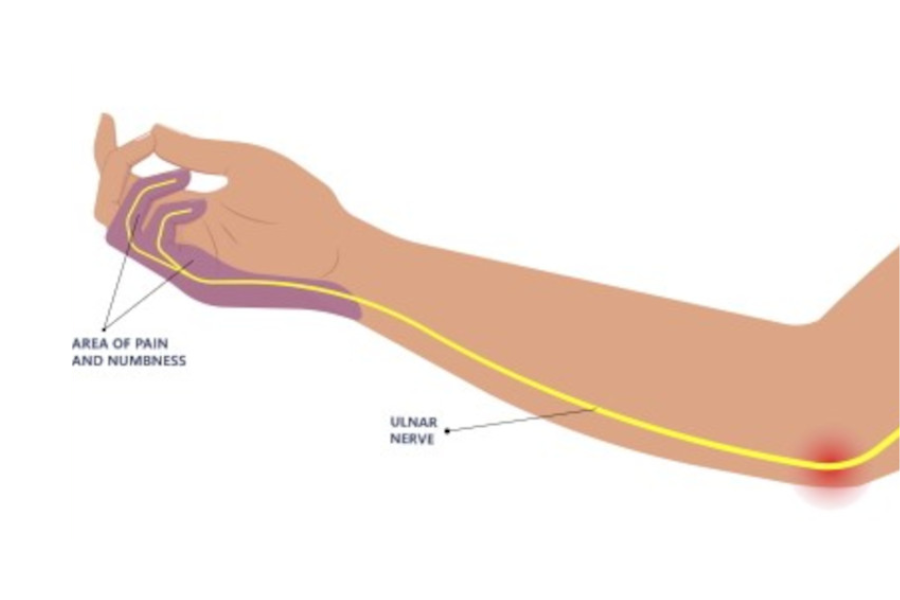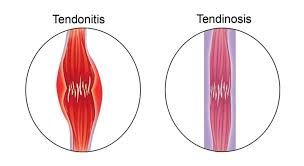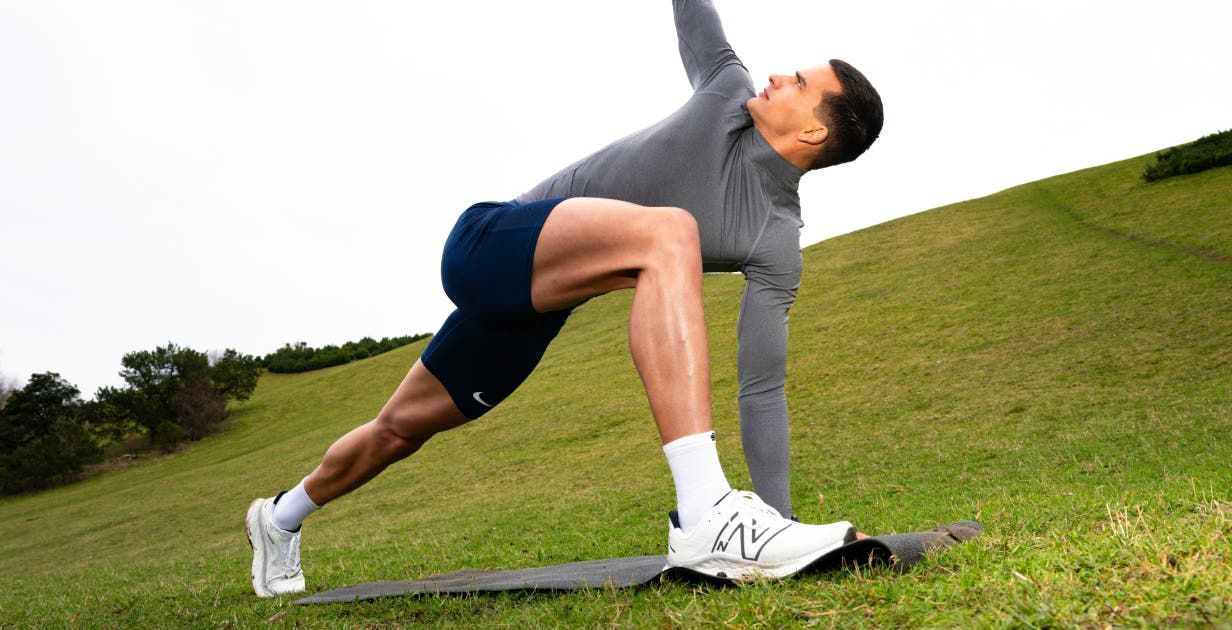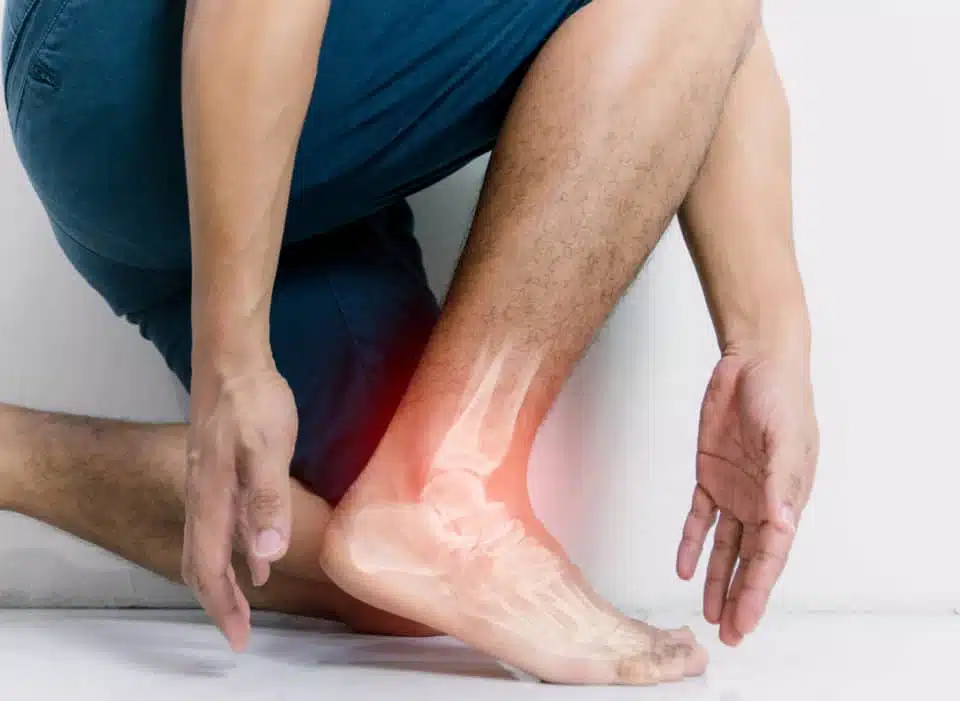Sleeping Positions: Protecting Your Spine While You Snooze
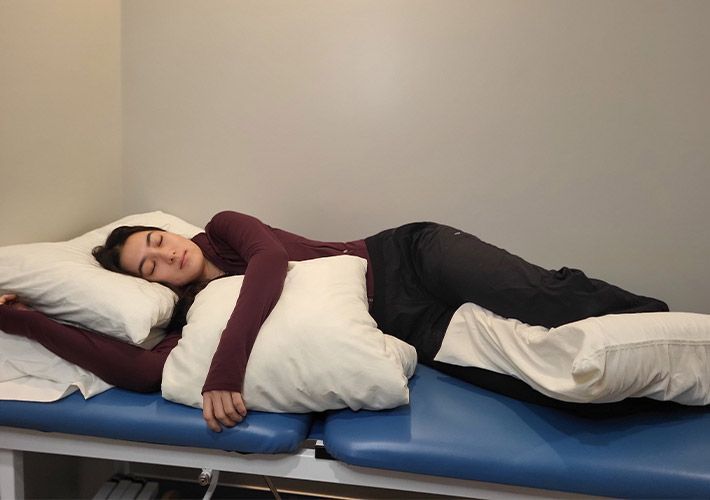
We all know that a good night’s sleep can make or break your day. But what many people don’t realize is that the position you sleep in plays a huge role in how rested—and pain-free—you feel when you wake up. The way you lie in bed can either support your spine and muscles or set you up for stiffness, discomfort, and even long-term issues. As chiropractors and massage therapists, we see the effects of poor sleep posture every day. The good news? With a few simple tweaks, you can protect your spine, reduce strain, and get the most out of your nightly rest.
In this post, we’ll break down the best ways to sleep on your back and side, why stomach sleeping isn’t your spine’s best friend, and how the right pillow can make all the difference.
Sleeping on Your Back: Keeping It Neutral
If you’re a back sleeper, you’re in luck—this position is often recommended by chiropractors because it allows your spine to rest in a neutral alignment. That said, there are a few key things you can do to maximize support:
- Use a supportive pillow: Your pillow should fill the space between the back of your head and the mattress without pushing your chin toward your chest. Too much height, and your neck bends forward. Too little support, and your head tips back. Either way, your cervical spine ends up strained.
- Add a pillow under your knees: Placing a small pillow under your knees helps reduce pressure on your lower back by supporting the natural curve of your lumbar spine.
- Watch your arm position: Keeping your arms at your sides or gently resting them on your torso is better than throwing them overhead, which can strain your shoulders.
Back sleeping is great for reducing tension in the spine, but it’s not for everyone. People with sleep apnea or acid reflux might struggle in this position, so it’s all about finding what works best for your body.
Sleeping on Your Side: Support from Head to Toe
Side sleeping is another chiropractor-approved position, especially if you tend to snore or deal with acid reflux. The key here is maintaining alignment from your head down to your hips.
- Choose the right pillow height: Your pillow should keep your head in line with your spine. If it’s too flat, your head tilts down toward the mattress. Too thick, and your neck bends upward. Both scenarios lead to neck pain in the morning.
- Hug a pillow: Tucking a pillow between your arms or hugging one to your chest helps keep your shoulders from collapsing forward, which can reduce upper back tension.
- Pillow between the knees: This is a game-changer. Placing a pillow between your knees keeps your hips stacked and reduces twisting in your lower back. Without it, your top leg tends to pull down and rotate your pelvis, stressing the lumbar spine.
- Keep your spine straight: Imagine drawing a line from the back of your head through your spine and down to your hips—it should all be in one smooth line.
If you’re a side sleeper, alternating sides is also smart. Spending all night, every night on the same side can lead to uneven strain on the hips and shoulders.
Why You Should Avoid Sleeping on Your Stomach
We know—it’s comfy, it feels cozy, and for some, it’s been the go-to position since childhood. But stomach sleeping is a chiropractor’s nightmare. Here’s why:
- Neck strain: In order to breathe, you have to twist your head to the side, keeping your cervical spine rotated for hours at a time. This can lead to morning stiffness, headaches, and even nerve irritation over time.
- Low back stress: Sleeping face-down flattens the natural curve of your lumbar spine. Without that curve supported, your lower back muscles and joints bear the brunt of the stress.
- Pressure on joints: With your arms often tucked under the pillow or overhead, shoulder impingement and numbness in the hands can also become an issue.
If you’re a dedicated stomach sleeper, don’t panic—there are ways to transition. Try gradually shifting to your side by hugging a body pillow. This keeps you from rolling back onto your stomach and gives you the cozy pressure you’re used to. Over time, your body will adjust to healthier sleep postures.
The Power of the Right Pillow
We’ve mentioned pillows a few times already, but they truly deserve their own spotlight. The wrong pillow can undo all the benefits of a good sleep position, while the right one can transform your rest.
Here’s what makes a pillow “right” for you:
- Proper fit to your neck length: Everyone’s body is different, and your pillow should match your unique anatomy. That’s why we offer pillows that are measured and fitted specifically to your neck. This ensures that your cervical spine stays neutral whether you’re on your back or your side.
- Support without stiffness: A good pillow should provide gentle support—not feel like a rock. You want enough cushioning to relieve pressure points but enough firmness to prevent your head from sinking.
- Durability: Over time, pillows break down and lose support. If you’ve had the same pillow for years, it’s probably past its prime.
Think of your pillow like a piece of equipment for your spine. You wouldn’t wear the wrong size shoes on a run, so why sleep with the wrong pillow every night?
Setting Yourself Up for Better Sleep Posture
Changing how you sleep isn’t always easy. Habits are hard to break, especially ones you’ve had for years. But small steps can make a big difference:
- Start with the pillow: If you do nothing else, invest in a properly fitted pillow. It immediately improves alignment and comfort.
- Use props: Extra pillows under your knees or between your legs are simple, effective tools to protect your spine.
- Train your body: If you’re trying to stop stomach sleeping, place a pillow next to you or hug a body pillow so you don’t roll over during the night.
- Check your mattress: A sagging mattress won’t support your spine, no matter how good your pillow is. Aim for something medium-firm that supports your natural curves.
- Listen to your body: Wake up with shoulder pain? Try adjusting your arm position. Still sore in the low back? Add another pillow under your knees or hips.
Final Thoughts
Sleep isn’t just about how many hours you get—it’s about how your body feels during and after those hours. By protecting your spine with proper sleeping positions and using a pillow fitted to your neck, you can reduce pain, support recovery, and wake up feeling refreshed.
If you’re struggling with sleep posture, waking up sore, or unsure if your pillow is working for you, talk with us. We’ll help you find the right solutions, and if you’re interested, we can measure you for a pillow designed specifically for your spine. After all, you spend nearly a third of your life sleeping—why not make it count?
Bethany Wolcott
D’Youville Chiropractic ‘26
